
These Surprising Differences Between ‘It’ 1990 and 2017 Will Leave You Shook

When it comes to horror novels, there is one name that avid horror fans know, and that is Stephen King. The famed author has written tons of best-selling horror novels making him one the finest in the industry. One of his most famous works was a novel entitled It which was actually released in 1986, and it basically focuses on an entity that has been trying to terrorize children by becoming their fears, and is hunting them by morphing into a clown who lives in the local sewer system.

The novel became one of the best-selling books by King, and it even won the British Fantasy Award and World Fantasy Award back in 1987. Because of its success, it has already been adapted to a mini-series as well as a film over the years.
However, those who watched the mini-series, when it first came out in 1990, believe that it was way better than last year’s movie adaptation, that already has a sequel coming out next year. But before you head to the cinema to watch it, here are some major differences between the mini-series and the two-part film that you should know about.
Pennywise: Then vs. Now
Analysts, as well as some of the biggest fans of the novel, believe that there is a huge difference between how the Pennywise character is portrayed in the new film as compared to the original miniseries.
In the TV miniseries, Pennywise was shown as the Dancing Clown who had human-like characteristics despite being a sick monster who ate children. The character, played by Tim Curry, took his time to build the trap for children and waited patiently before going sinister. However, the film adaption of the horror classic has a much different take on Pennywise.
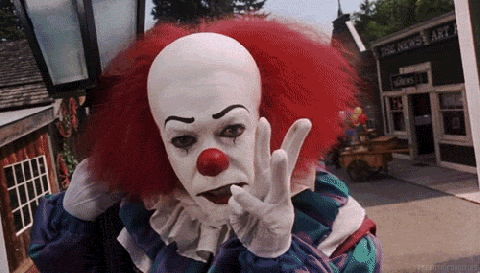
The Pennywise in the 2017 film, portrayed by Bill Skarsgard, had somewhat a different approach mainly because it was meant for an audience from a different generation. There was no build up when it comes to how Pennywise’s is tormenting the children. It was more of a jump-scare extravaganza that can mostly be seen coming from a mile away.
Of course, factors like bigger budget and advanced technology played a role in the character differences and many believe that Skarsgard’s portrayal of Pennywise actually looked way more sinister compared the miniseries adaptation.
Funny and Scary
Another difference between the two adaptations was said to be the underlying tone of the narration. A huge element of the story is obviously coming-of-age, with the miniseries putting more focus on the kids’ interaction with each other. However, experts believe that this producers could have used a bit more humor in this approach as a buildup to the scary parts.
A lot of fans often said that the kids in the film version were actually pretty funny and awkward, which is an accurate depiction of what coming-of-age is supposed to be like. The movie captures the children’s emotions perfectly when it comes to their interpersonal relationship rather than showing them terrified all the time.
Sewage Surprise
Analysts, as well as the fans, agree with the fact that the series as well as the film, both showed the iconic scene where children look down the sewage and see the face of Pennywise staring back at them. However, there is one key difference between the two adaptations. In the mini-series, it was shown that when the young boy in the iconic yellow coat actually looked down the sewage, he saw Pennywise looking back at him with a welcoming smile, as if urging the child to come with him.
In the movie adaptation, Pennywise looked more terrifying right away, so much so that any kid who would take one look at his face would run away as fast as possible. This is one of the main reasons why they believe that the film actually did the book some justice when it comes to this scene. It became so iconic and frightening at the same time, which is basically one of the reasons why the film was given a rated R.
More in Pop Culture
-
`
Check Out These Fast Food Chains’ Humble Beginnings
For so many decades now, United States has been known for having some of the most famous fast food chains in...
January 18, 2025 -
`
Tamagotchi: The Iconic 90’s Digital Pet that Has Everyone Excited
If you were born in the last millennium, you’ve probably heard about Tamagotchis – and maybe even owned one in your...
January 18, 2025 -
`
What These Music Artists Said About Life Shortly Before They Died
Life is a blessing from God which allows people to achieve their dreams. The career of musicians is full of struggle...
January 18, 2025 -
`
Another David Bowie Boxed Compilation Is Coming Out This Year
There are so many iconic musicians the world has seen over the past couple of decades. Some of them have unfortunately...
January 18, 2025 -
`
The Parent Trap’s Main Cast 20 Years Later
Media gives people a chance to take a look back in time and see it once again, since it is something...
January 17, 2025 -
`
This Is How Muhammad Ali Influenced Hip Hop Music
Before Floyd Mayweather or Manny Pacquiao, there was the greatest boxer of all time, Muhammad Ali. He was indeed one of...
January 17, 2025 -
`
Here’s Why Retro Games Are Still Immensely Popular to This Day
In this day and age, many people still love the timeless retro games that once sold millions of copies, despite the...
January 17, 2025 -
`
Chilling Ancient Egyptian Mysteries That Remain Unsolved to This Day
After ruling the world for more than 3,000 years, the Ancient Egyptians left behind fascinating secrets buried under the sand which...
January 17, 2025 -
`
9th Year Anniversary of Paul Walker’s Death Celebrated With A Documentary
It has been 21 years now when the very first The Fast and the Furious film was actually released. Starring Vin Diesel,...
January 16, 2025

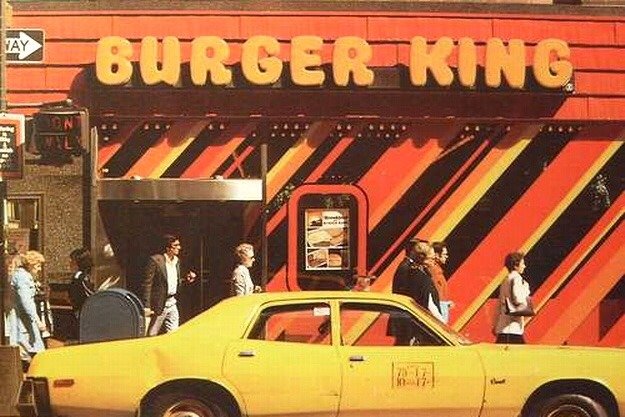

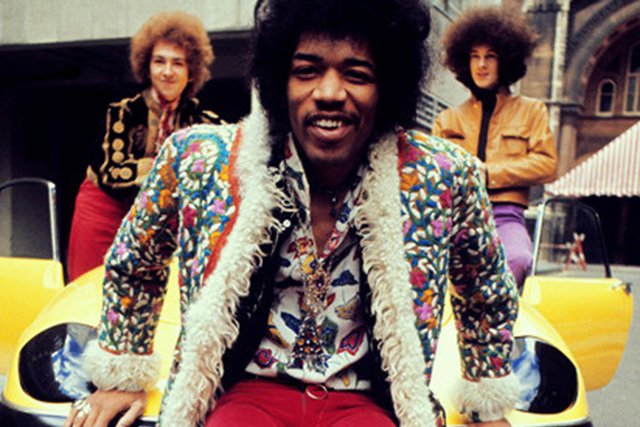
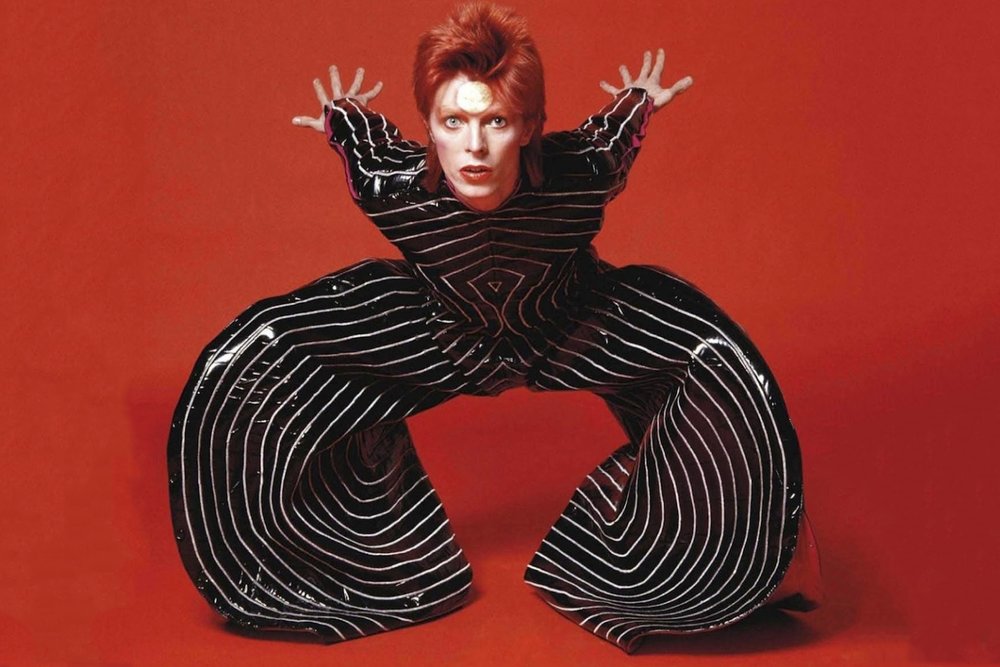
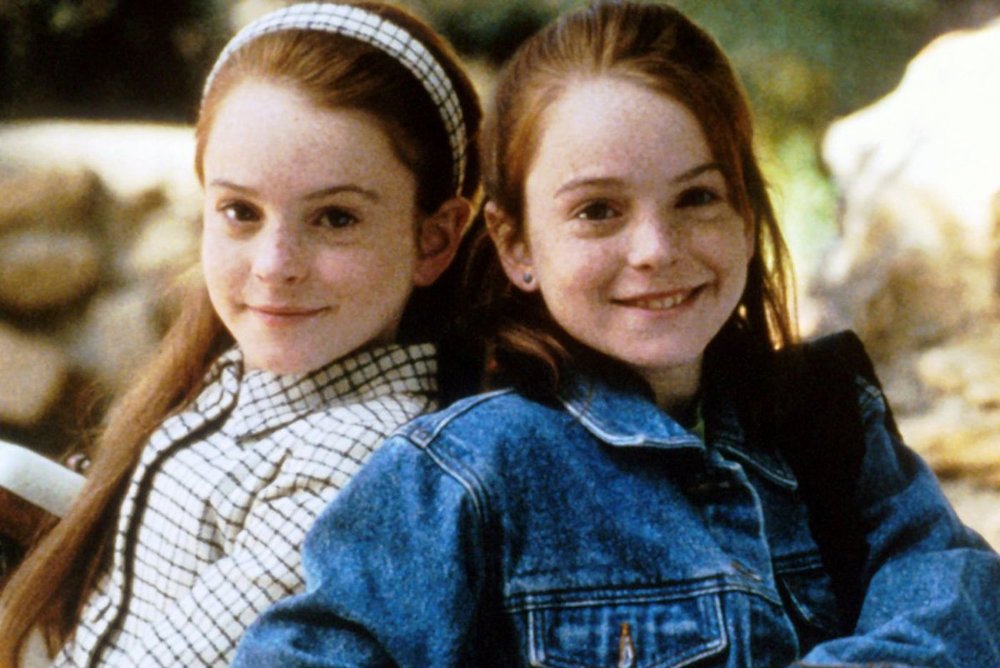



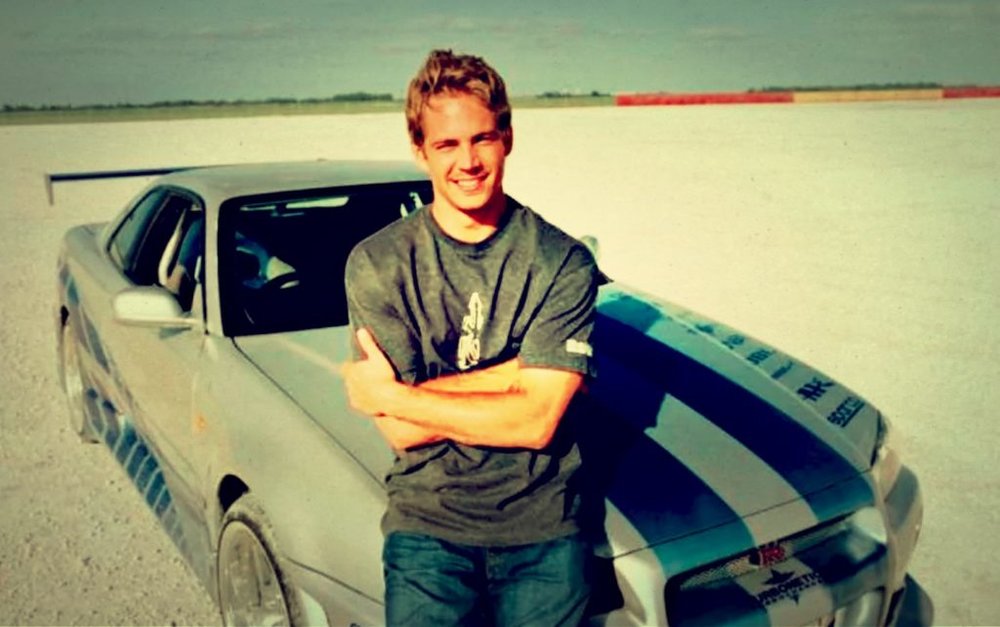
You must be logged in to post a comment Login